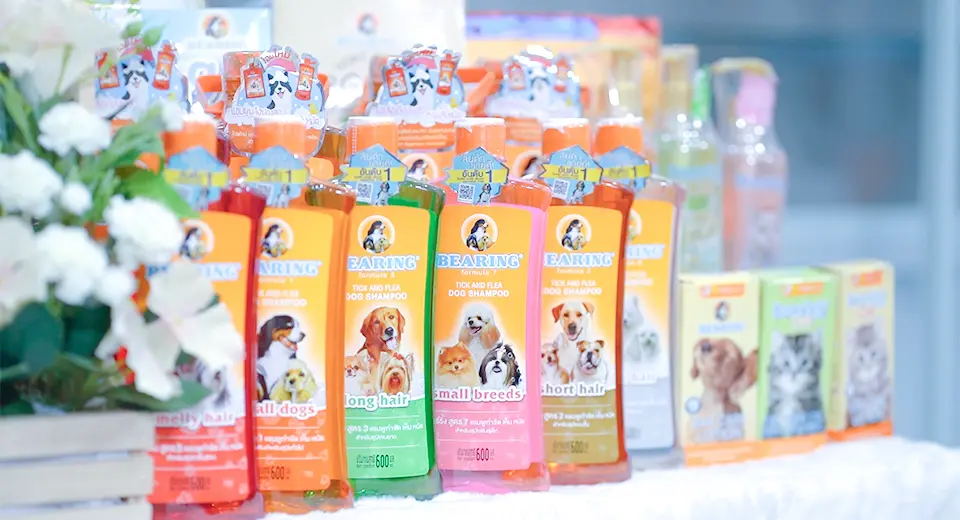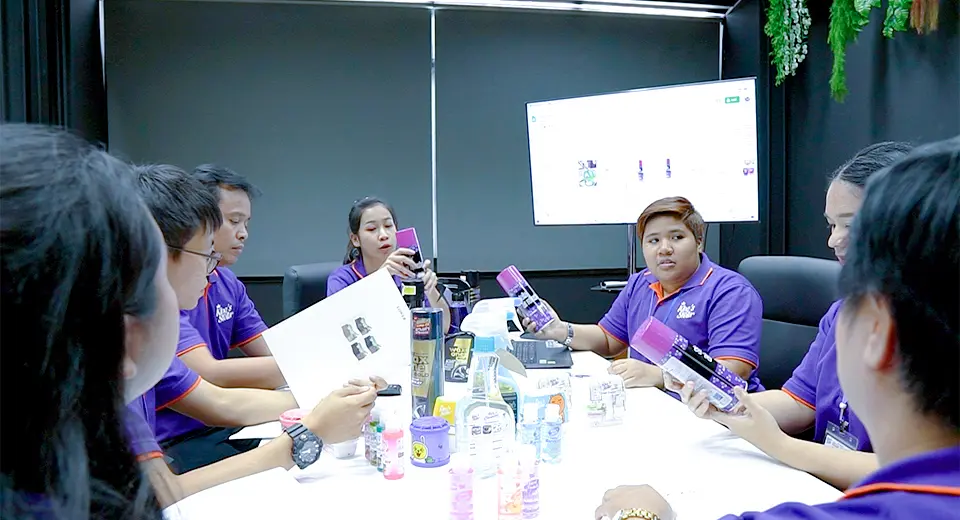Achieved a Fast Start-up of Production Lines
Nakamura Electric Industry Co., Ltd.
Automotive Parts Industry
- Challenge of Producing In-house
- Automotive Parts
- Improving Production Line Efficiency
- Factory IoT
- Improvement










King Stella Group
Consumer Goods Industry
King Stella Group, a leading consumer goods company in Thailand, was facing serious problems with its production line for its best-selling gel air freshener.
DENSO's Lean Automation System Integrators (LASI) started improving productivity utilizing IoT tools. Focusing on improvements in the packaging process, LASI improved productivity by 167% and significantly reduced cycle time in just a few months.
We will introduce the efforts to solve problems efficiently and improve productivity by integrating IoT technology and kaizen.
Since the establishment in 1963, the King Stella Group has developed 5 product groups: Air Care, Home Care, Car Care, Pet Care and Personal Care. The production line for gel air fresheners, our most popular product, was facing a serious issue: production capacity was insufficient to meet market needs.
The production line for gel air fresheners consists of 2 major processes: the first is the mixing of the air freshener ingredients, and the second is a series of processes from material filling to packaging. The second process begins with the supply of cans, followed by material filling, lid sealing, and finally packaging. The packaging process was the bottleneck and had a significant impact on overall productivity.
The workers were packing around a table. The series of works of assembling the top and bottom lids onto the cans, inserting the cans into paper sleeves, and packing them into cardboard boxes was highly dependent on the skills of the workers. The process speed varied greatly among the workers, and as a result, production output was unstable.

Knowing about DENSO's LASI through the Thai Ministry of Industry (DIPROM) was a turning point.
Since we sympathized with Lean Automation's concept of eliminating waste before automation, we started improvements targeting the gel air freshener line. Consulting with LASI experts, we decided to promote improvements utilizing IoT tools to improve productivity in a short term.
After analyzing the data from the IoT tool, we found there was a large fluctuation in the cycle time of the workers. That was because the flow of products on the table was not fixed and workflow was not standardized. In addition, the division of responsibility among workers was unclear and each worker was working on a different task each time.
To solve these problems and improve productivity, we started redesigning the packaging line. Our goal was to reduce the cycle time to 0.92 sec/piece. Considering 1.46 sec/piece at that time, that was a very difficult goal.
The pre-packing caulking process was processed at a high speed of 0.87 sec/piece. The efficiency of the packaging process needed to be increased to match this high speed and the balance between the two processes was important. In addition, the burden on workers due to high-speed operations had to be taken into consideration.
Then, the draft design was tested on a simulation line, and the results were reflected in the final design. In this design, we took in Karakuri, which made possible that one worker performs multiple tasks at the same time.
As a result of this activity, the company succeeded in increasing the productivity of its gel air freshener production line by 167%. Production time was reduced to 24 minutes per batch and cycle time to 0.87 seconds per piece. IoT and kaizen enabled this dramatic achievement in a short period of time.

Through kaizen, the employees learned new work processes and were able to express their opinions and ideas on their own. For example, they have learned data analysis methods and problem-solving processes to shorten work hours. This has greatly increased employee motivation for kaizen.
As a result of kaizen, on-site work has become easier and work manuals can be created. This has also made it possible to provide work training more smoothly.
We will share the various things we have learned through this activity with all employees and link them to human resource development throughout the company. The gel air freshener line will continue to implement kaizen, and we will expand the use of these kaizen and Karakuri to other lines.
Ultimately, we aim to achieve a higher level of automation using robots and take on the challenge of further improving productivity. We want to grow continuously by expanding our activities to the entire company.

We will lay the foundation for maximizing productivity and improving your manufacturing site with advice based on our skills and experience. Please feel free to contact us for more information.
The Future of Factories Begins Here.

